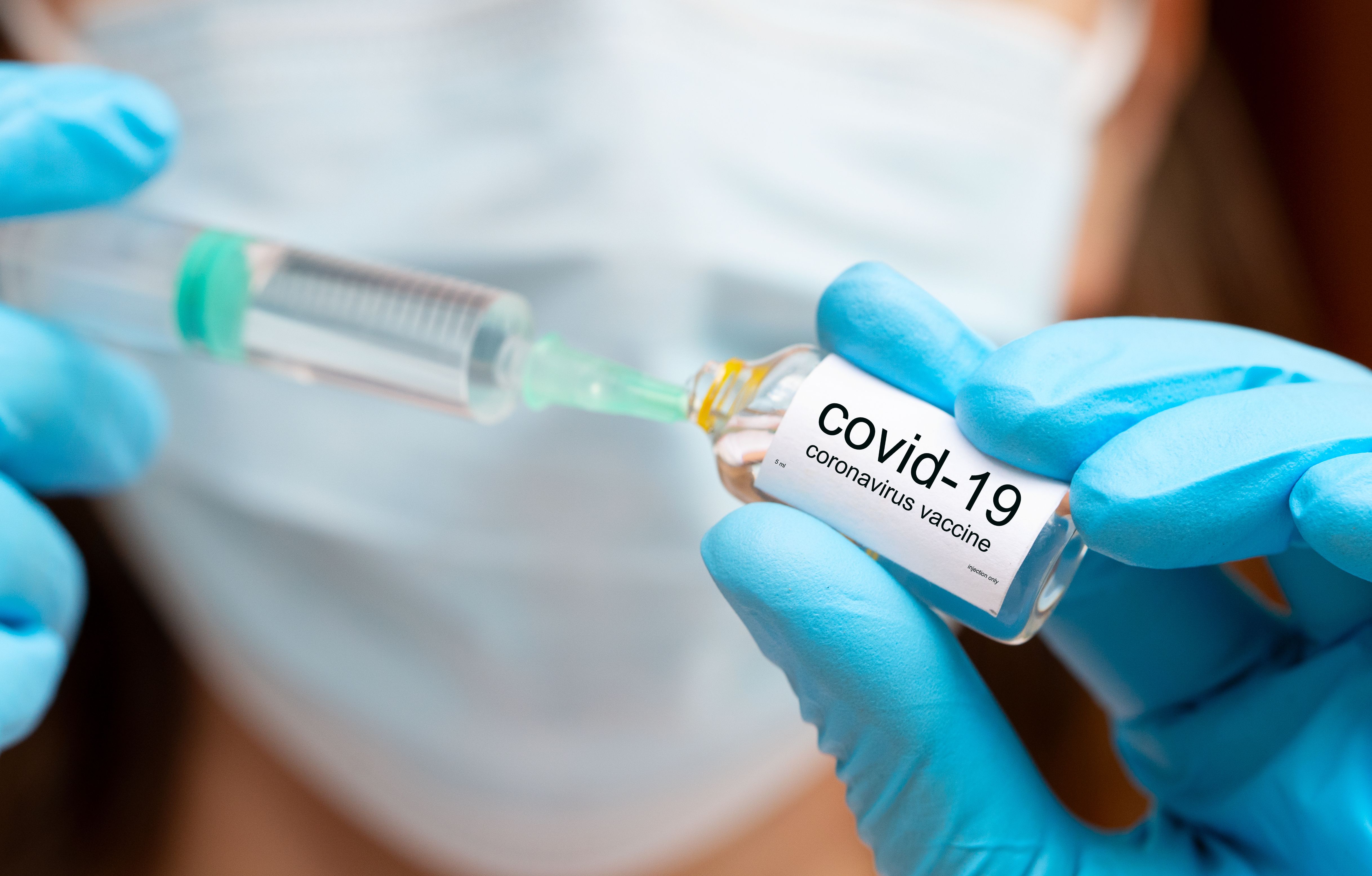CDC Case Data Highlight Importance of Children and Adolescents Remaining Up to Date with COVID-19 Vaccinations
Morbidity and Mortality Weekly Report finds that the original monovalent COVID-19 vaccines were associated with fewer hospitalizations, particularly within the first four months after vaccination, but the duration of protection from the original vaccine diminished over time.
Image credit: neirfy | stock.adobe.com

A new report from the Centers for Disease Control and Prevention (CDC) demonstrates the efficacy of the original monovalent mRNA COVID-19 vaccines in lowering hospitalization and critical illness from the virus in children and adolescents between 5 and 18 years of age. However, in the latest Morbidity and Mortality Weekly Report, the CDC highlighted that the duration of protection from the original vaccine dropped over time during the surge of the SARS-CoV-2 Omicron variant, which warrants deeper analysis in light of the low widespread coverage of updated COVID-19 vaccines.
“Vaccination frequency declined with increasing social vulnerability, highlighting disparities in vaccination coverage comparable with published estimates from at least one other US public health surveillance network,” the CDC wrote in the report. “This finding might be driven by factors including vaccine hesitancy or barriers to accessing vaccines among more vulnerable populations.”
From December 19, 2021, to October 29, 2023, the Overcoming COVID-19 Network used a case-control design to examine the vaccine efficacy (VE) of ≥2 the original monovalent COVID-19 mRNA vaccine doses protecting against COVID-19–related hospitalization and critical illness among US children and adolescents aged 5–18 years. The report noted that the number of children and adolescents administered the bivalent or updated monovalent vaccines was too low to do a separate efficacy analysis.
In even with the frequent reporting on the underlying conditions associated with severe COVID-19, the majority of individuals with a positive SARS-CoV-2 test result were unvaccinated. The VE of the original monovalent COVID-19 vaccine against virus–related hospitalizations was 52% (95% CI = 33%–66%) when the most recent dose was administered <120 days prior to hospitalization and 19% (95% CI = 2%–32%) if the interval was between 120 and 364 days.
Further, the VE of the original monovalent vaccine against COVID-19–related hospitalization was 31% (95% CI = 18%–43%) if the last dose was administered any time during the prior year. VE against critical COVID-19-related illness, which is defined as the need for noninvasive or invasive mechanical ventilation, vasoactive infusions, extracorporeal membrane oxygenation, or illnesses resulting in death, was 57% (95% CI = 21%–76%) when the most recent dose was administered fewer than 120 days prior to hospitalization; 25% (95% CI = -9% to 49%) if administered between 120 and 364 days prior to hospitalization; and 38% (95% CI = 15%–55%) if administered at any time during the prior year. The data showed a similar VE even when excluding children and adolescents with documented immunocompromising conditions.
“Because of the low frequency of children who received updated COVID-19 vaccines and waning effectiveness of original monovalent doses, these data support CDC recommendations that all children and adolescents receive updated COVID-19 vaccines to protect against severe COVID-19,” the CDC wrote in the report.
In terms of limitations, the CDC stated that the report did not evaluate immunity from prior SARS-CoV-2 infections, which may impact the observed VE because of increased seroprevalence following the surge of the Omicron BA.1 variant. Further, insufficient viral sequencing data had a negative effect on the evaluation of immune evasion by specific subvariants. The investigators were also not able to analyze the efficacy of the bivalent and updated monovalent vaccines because of low uptake. Additionally, the findings may not be widely applicable because fewer than 20% of case patients were previously healthy.
“Among approximately 1,500 children and adolescents aged 5–18 years with a COVID-19–related hospitalization, including nearly 300 with critical illness, original monovalent COVID-19 vaccines were associated with fewer hospitalizations, particularly within the first 4 months after vaccination,” the report authors wrote. “To address low coverage of updated vaccines and waning effectiveness of the original monovalent vaccine, children and adolescents should remain up to date with COVID-19 vaccination, including the current CDC recommendation for all persons aged ≥6 months to receive vaccination with updated (2023–2024) COVID-19 vaccines.”
Reference
CDC. Durability of Original Monovalent mRNA Vaccine Effectiveness Against COVID-19 Omicron–Associated Hospitalization in Children and Adolescents — United States, 2021–2023. Morbidity and Mortality Weekly Report (MMWR). Published April 18, 2024. Accessed April 22, 2024. https://www.cdc.gov/mmwr/volumes/73/wr/mm7315a2.htm?s_cid=mm7315a2_w
Improving Relationships and Diversifying the Site Selection Process
April 17th 2025In this episode of the Applied Clinical Trials Podcast, Liz Beatty, co-founder and chief strategy officer, Inato, discusses a number of topics around site engagement including community-based sites, the role of technology in improving site/sponsor relationships, how increased operational costs are impacting the industry, and more.
Behind the Buzz: Why Clinical Research Leaders Flock to SCOPE Summit
February 7th 2025In this episode, we meet with Micah Lieberman, Executive Conference Director for SCOPE Summit (Summit for Clinical Ops Executives) at Cambridge Innovation Institute. We will dive deep into the critical role of collaboration within the clinical research ecosystem. How do we bring together diverse stakeholders—sponsors, CROs, clinical trial tech innovators, suppliers, patients, sites, advocacy organizations, investors, and non-profits—to share best practices in trial design, program planning, innovation, and clinical operations? We’ll explore why it’s vital for thought leaders to step beyond their own organizations and learn from others, exchanging ideas that drive advancements in clinical research. Additionally, we’ll discuss the pivotal role of scientific conferences like SCOPE Summit in fostering these essential connections and collaborations, helping shape the future of clinical trials. Join us as we uncover how collective wisdom and cross-industry partnerships are transforming the landscape of clinical research.